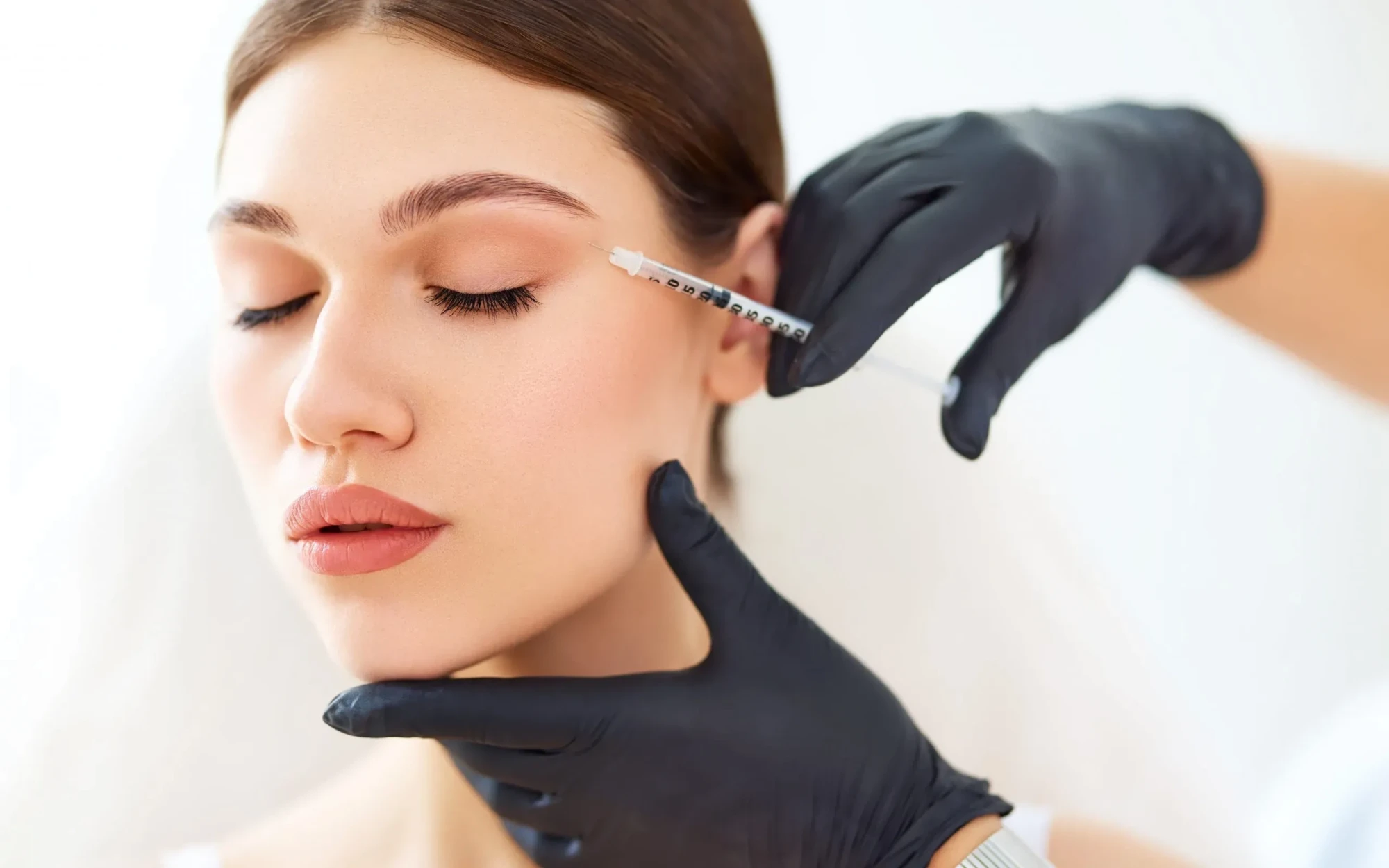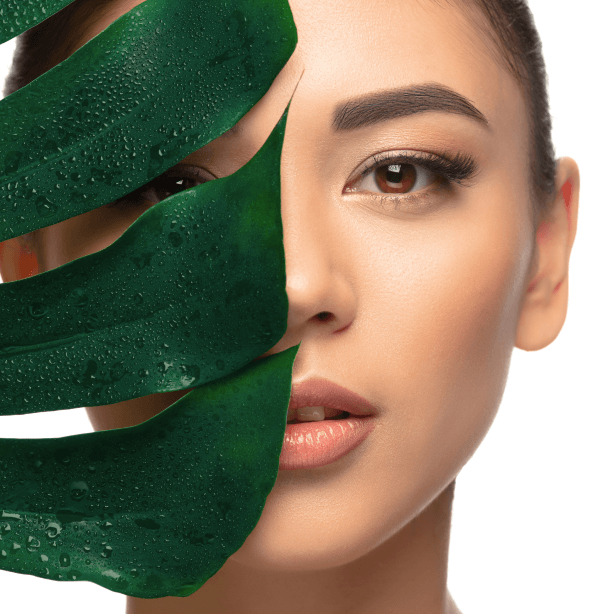
If you’ve been exploring ways to refresh your skin, improve hydration, or smooth out fine lines, chances are dermal fillers have caught your attention. These treatments have become increasingly popular in skin health clinics, wellness centers, and medical spas because they deliver noticeable results without the downtime of surgery.
But one question always comes up: Are dermal fillers safe? To answer that, we need to look at how fillers work, the materials used, and the importance of expert care.
Dermal fillers are injectable treatments designed to restore volume, enhance facial contours, and soften wrinkles. They’re often made with substances naturally found in the body, such as hyaluronic acid, which helps maintain skin hydration and elasticity. When placed carefully, fillers can rejuvenate your skin in a way that looks natural and harmonious.
What Makes Dermal Fillers Safe?
Safety with dermal fillers comes down to a few important factors: the type of filler used, the skill of the injector, and the aftercare steps you follow.
- Biocompatible materials
Most modern fillers are composed of hyaluronic acid or other biocompatible substances that integrate smoothly with your body. This reduces the risk of rejection or serious side effects. - FDA approval and medical standards
Reputable fillers undergo rigorous testing before they’re approved for use. Clinics that prioritize patient wellness use only approved products and follow strict safety protocols. - Professional administration
A licensed, trained injector knows facial anatomy, ensuring that filler placement looks natural and avoids complications. This is where choosing a trusted clinic matters most.
Common Myths About Dermal Filler Safety
It’s normal to feel hesitant about treatments involving injections. Let’s clear up some common myths that may cause unnecessary worry.
- Myth: Fillers are toxic
Reality: Hyaluronic acid fillers mimic a substance your body already produces. They are not harmful when injected properly. - Myth: Fillers permanently change your face
Reality: Most fillers are temporary, gradually dissolving over months. This means adjustments are possible, and you’re not locked into a single look. - Myth: Fillers always look “fake”
Reality: Overfilled results usually come from inexperienced providers. With skilled application, fillers enhance your natural beauty rather than alter it.
Possible Side Effects and How to Minimize Them
Like any treatment, dermal fillers can come with mild side effects. These may include temporary redness, swelling, bruising, or tenderness around the injection site. In rare cases, complications such as unevenness or infection may occur.
How to minimize risks:
- Choose a qualified injector at a professional clinic.
- Discuss your medical history and allergies beforehand.
- Follow post-treatment instructions, such as avoiding heavy exercise or direct sun exposure for 24–48 hours.
Most side effects resolve quickly, leaving behind smoother, rejuvenated skin.
Who Should Consider Dermal Fillers?
Dermal fillers are popular with individuals looking to:
- Reduce fine lines and wrinkles
- Add volume to cheeks or lips
- Restore youthful contours lost with age
- Improve overall skin smoothness
They’re especially appealing to those who prefer non-surgical options with little downtime. However, fillers may not be suitable for everyone. Pregnant or breastfeeding women, people with active skin infections, or those with certain medical conditions should discuss alternatives with their provider.
How Long Do Dermal Fillers Last?
One of the most common questions patients ask is how long they can expect results to last. On average:
- Lip fillers last 6–12 months
- Cheek fillers last 12–18 months
- Under-eye fillers last up to a year
Since hyaluronic acid naturally breaks down in the body, maintenance appointments are needed to sustain results. Many wellness enthusiasts see this as a benefit, since it allows gradual adjustments rather than permanent change.
The Link Between Dermal Fillers and Overall Wellness
Skin health is not just about looking younger—it’s about feeling confident and radiant in your own skin. For many people, dermal fillers are part of a broader self-care and wellness journey that includes good nutrition, hydration, exercise, and mindful living.
When done responsibly, fillers can complement a holistic approach to health and beauty, giving you a boost that reflects how you feel on the inside.
Choosing the Right Clinic for Safe Dermal Filler Treatments
Safety depends heavily on where and by whom your treatment is performed. Here’s what to look for:
- Credentials: Ensure your provider is licensed and trained in aesthetic medicine.
- Reputation: Read reviews and ask for before-and-after photos of real patients.
- Transparency: A good clinic will openly discuss risks, benefits, and realistic outcomes.
- Clean environment: Sterile techniques and high-quality products are non-negotiable.
By prioritizing these factors, you set yourself up for a smooth and safe experience.
What to Expect During and After the Procedure
If you’re new to dermal fillers, knowing what happens during the process can ease anxiety.
- Consultation: You’ll discuss your goals, skin health history, and treatment options with your provider.
- Treatment: The area is cleaned, numbing cream may be applied, and small injections are made. Most patients report only mild discomfort.
- Recovery: You may notice swelling or redness, but this usually subsides within a few days.
Within a week, you’ll see the final results—subtle yet noticeable improvements that make your skin look refreshed.
Natural Alternatives and Complementary Treatments
For those not ready to try fillers, or looking to enhance their effects, other options include:
- Microneedling to stimulate collagen production
- Platelet-rich plasma (PRP) therapy for natural rejuvenation
- Laser treatments to target skin texture and tone
Combining treatments under the guidance of a professional can maximize results and support overall skin vitality.
Persuasive Guidance: Should You Try Dermal Fillers?
So, are dermal fillers safe? When administered by skilled professionals using approved products, the answer is a confident yes. They’re a well-established, low-risk option for those seeking non-surgical facial rejuvenation.
If you’re curious about fillers, the best next step is scheduling a consultation at a trusted clinic. This allows you to ask questions, explore options tailored to your needs, and ensure the treatment aligns with your overall wellness goals.
Final Thoughts on Safety and Confidence
Dermal fillers are not just about aesthetics—they’re about enhancing your relationship with your skin and feeling comfortable in your own reflection. With proper care, professional guidance, and realistic expectations, they can be a safe and rewarding part of your wellness routine.
If smoother skin, restored volume, and natural radiance are on your wish list, consider booking an appointment with a qualified provider. Your journey to healthier, more youthful-looking skin could be just one consultation away.


